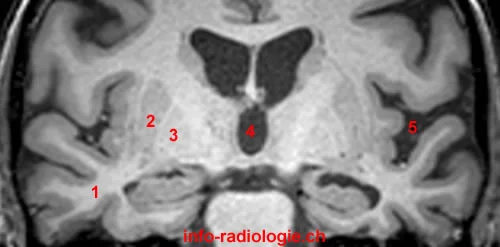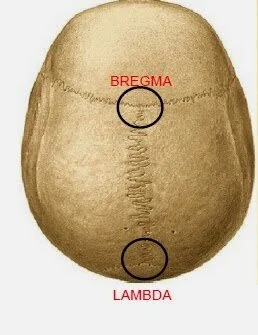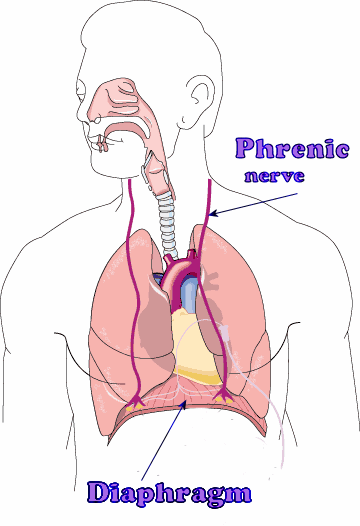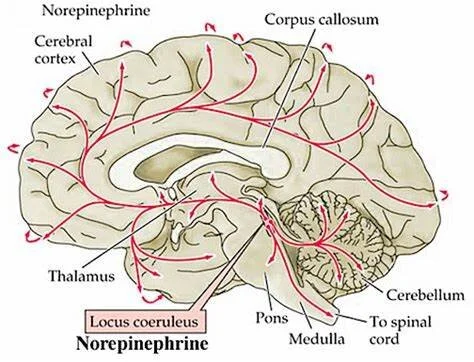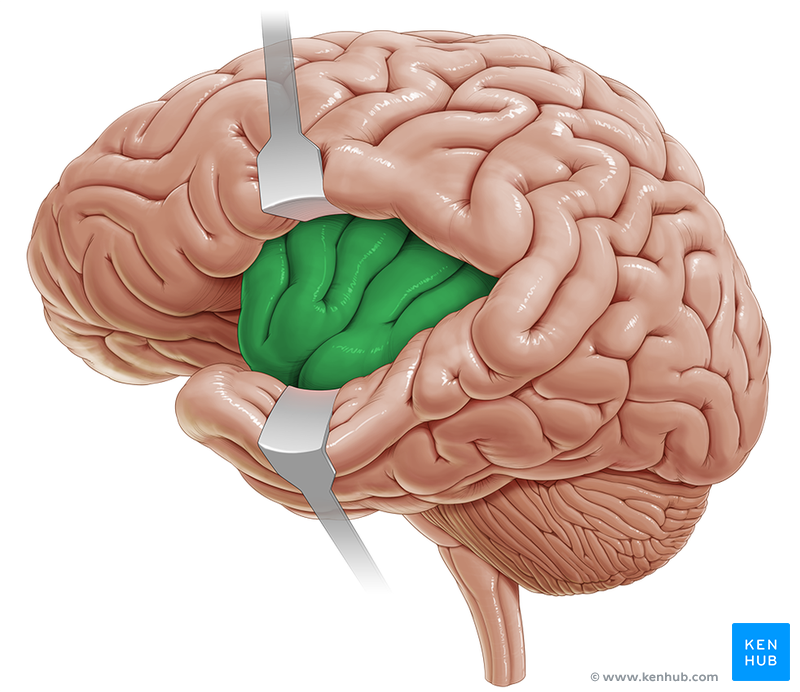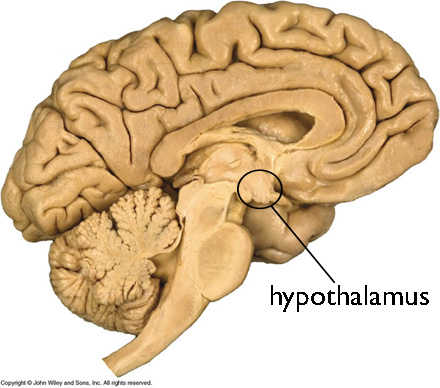Answer: The lentiform nucleus is comprised of the putamen and globus pallidus of the basal ganglia. As part of the basal ganglia, it carries out complex functions related to movement, cognition, and emotion.
The lentiform nucleus is part of the forebrain (telencephalon). However, the two structures maintain close connections with diencephalon structures such as the thalamus. They are both subcortical brain structures.
The word lentiform itself comes from the Latin word for lens, due to the concave rounded appearance of the structure from a lateral view. The name is derived from gross anatomical observations, since the putamen and globus pallidus carry out different functions. Functionally speaking, the name is not very instructive, however.
Below is an image of the lentiform nucleus in an MRI. Structure 3 corresponds to the globus pallidus, while structure 2 is the putamen.
Functions of the lentiform nucleus
The putamen is one of two parts of the dorsal striatum, along with the caudate nucleus. The dorsal striatum serves a function in helping mediate motor control in a person. It predominantly uses the output neurotransmitter GABA. Importantly, it receives dopamine from a region of the brain called the substantia nigra. When cells in the substantia nigra die, a decrease of dopamine is observed in the putamen, which leads to the movement disorder Parkinson’s disease.
The globus pallidus, is another structure of the telencephalon that participates in basal ganglia signaling. It gets its name from its appearance, a pale globe. It receives GABA-ergic inhibition from a subpopulation of dorsal striatum cells, and sends projections into both the thalamus and the substantia nigra. Most cells in the globus pallidus are large parvalbumin expressing neurons.

